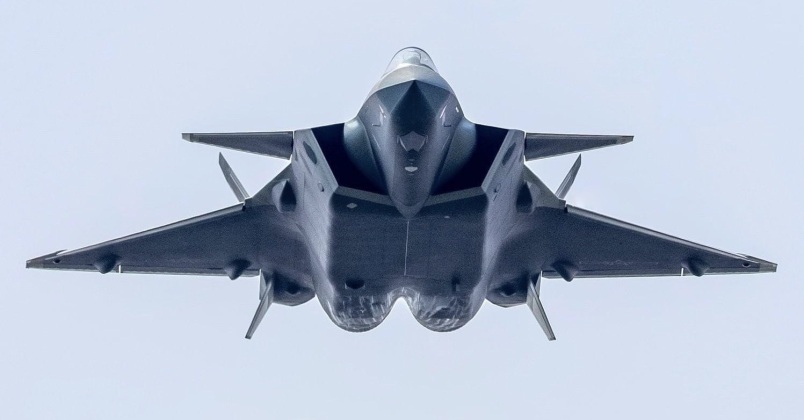News
Reports of U.S. Sixth Gen. Fighter Entering Engineering and Manufacturing Development Phase Unfounded – Still a Long Way To Go

U.S. Air Force Secretary Frank Kendall has clarified prior widely circulated comments claiming that the sixth generation fighter program the Next Generation Air Dominance (NGAD) fighter had begun its engineering and manufacturing development phase (EMD), which he had first stated in June. Explaining his prior comments Kendall claimed that he defined the milestone phase differently, stating: “I’m an old school guy. I’ve been around doing this stuff for a long time. And I still think of engineering and manufacturing development is a phase in which you are working on the new design.” “We have not gone through that formal process. So in that sense, we’re not [in EMD],” he said, adding that he meant that the program was undergoing EMD only “in my colloquial sense.” The fighter which is scheduled for entry into service by around 2030 is thus less far along in development, and possibly significantly so, than had been thought since June. This has serious implications for American air superiority considering the sizeable investments being made in China to develop its own sixth generation fighter, with the world’s two leading defence spenders having no competitors in remotely the same league.
The NGAD program is currently under investigation by the U.S. Department of Defence Inspector General, with Randolph Stone the assistant inspector general for evaluations, space, intelligence, engineering and oversight stating on June 26: “Our objective is to determine the extent to which the Air Force demonstrated that the critical technologies used in the Next Generation Air Dominance fighter aircraft were mature enough to support entry into the engineering and manufacturing development phase of the NGAD program’s acquisition timeline.” The future of the program remains uncertain, with ambitious plans for a radical new development plan having been scrapped in June to follow a more traditional path.
Assessments of efforts to develop America’s two fifth generation fighters the F-22 and F-35 provide some indication of how capable the country’s defence industrial base is to pursue a much more ambitious sixth generation program. Both programs were highly problematic in development and remain so in service today, entering service several years behind schedule and sparking widespread criticisms from both civilian and Pentagon officials. This has set a poor precedent for NGAD which is expected to face many similar issues. The fact that NGAD’s direct predecessor the F-22 is set to begin retirement in 2023, with airframes having completed only around a quarter of their service lives, while the Air Force continues to buy F-15s from the 1970s which the F-22 was designed specifically to replace, is one of the most notable indicators of the program’s failure which raises serious questions about the much more complex NGAD program.












